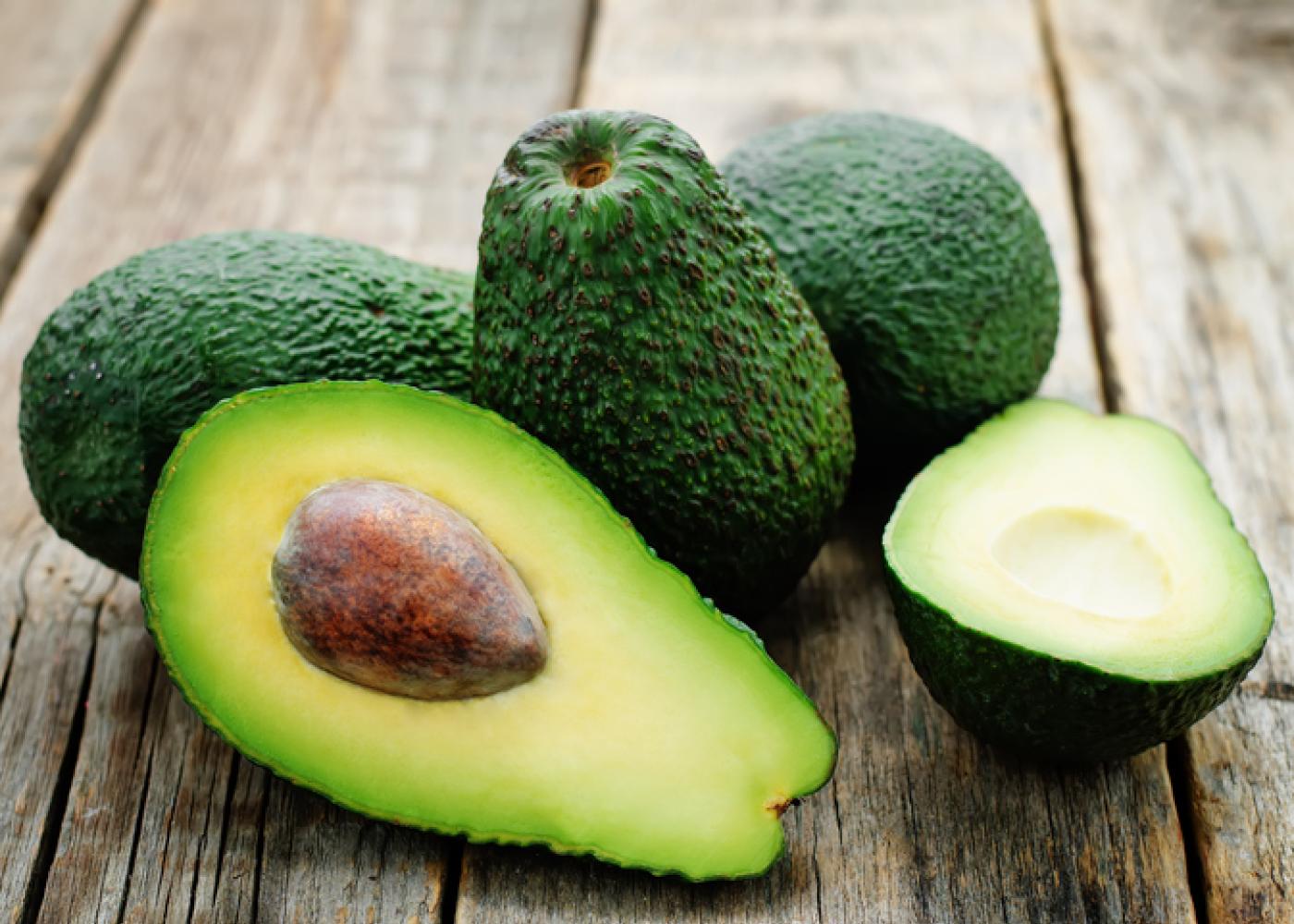

Articles
How To Store An Avocado
Modified: January 9, 2024
Learn the best methods for storing an avocado to keep it fresh and prevent browning. Read our informative articles and become an avocado storage expert!
(Many of the links in this article redirect to a specific reviewed product. Your purchase of these products through affiliate links helps to generate commission for Storables.com, at no extra cost. Learn more)
Introduction
Avocados are a delicious and nutritious fruit, packed with healthy fats and various essential nutrients. Whether you’re a fan of avocado toast, guacamole, or adding slices to your favorite salads, knowing how to store avocados properly is crucial to prolong their freshness and prevent them from spoiling.
When it comes to avocados, the trick is finding that perfect balance between ripeness and longevity. Avocados are notorious for quickly going from unripe to overripe, and it can be frustrating to throw away spoiled avocados. But fear not, as we’ll guide you through the steps to store avocados and make the most out of their shelf life.
In this article, we’ll explore different methods for storing avocados, whether they are whole, halved, or mashed, so you can enjoy their creamy texture and rich flavor for longer.
Key Takeaways:
- Choose ripe avocados with dark skin, firm texture, and easily removable stem. Properly wash, dry, and inspect for bruises before storing. Enjoy creamy avocados for longer by following simple storage methods.
- Store whole avocados at room temperature until ripe, then refrigerate wrapped in plastic. Keep halved avocados with pit and lemon juice in airtight containers. Utilize lemon juice and airtight containers for mashed avocados. Follow additional tips to extend shelf life.
Read more: How To Store Smashed Avocado
Selecting the Perfect Avocado
Before you can store avocados, it’s essential to choose the right ones. When selecting avocados, follow these tips to ensure you pick the perfect ones:
- Color: Look for avocados that have a dark green or black skin tone. This indicates that they are ripe and ready to eat. Avoid avocados with a bright green color, as they are likely underripe.
- Texture: Gently squeeze the avocado in the palm of your hand. It should feel slightly soft but still have a firmness to it. Avoid avocados that are too hard or too mushy, as they may be either underripe or overripe.
- Stem: Check the stem end of the avocado. If the stem easily pops off and the flesh beneath is green, the avocado is perfectly ripe. If the stem doesn’t come off or the flesh underneath is brown or black, the avocado may be overripe and potentially spoiled.
Remember that avocados continue to ripen after they’ve been harvested, so you can buy slightly underripe avocados and allow them to ripen at home. If you need to use avocados immediately, choose ones that are already ripe and ready to eat.
By selecting the perfect avocados, you set the foundation for a successful storage process and ensure the best possible taste and texture.
Preparing the Avocado for Storage
Before storing avocados, it’s important to properly prepare them to maintain their freshness and prevent them from spoiling. Follow these steps to prepare avocados for storage:
- Wash the Avocado: Start by gently washing the avocado under cool running water. This helps remove any dirt or bacteria on the skin that can potentially contaminate the fruit.
- Dry the Avocado: After washing, thoroughly pat dry the avocado using a clean kitchen towel or paper towel. Ensuring the avocado is completely dry helps prevent moisture buildup, which can lead to mold growth.
- Remove any Stickers or Labels: Check the avocado for any stickers or labels and peel them off. These adhesive materials can trap moisture and cause the fruit to spoil faster.
- Inspect for Bruises or Damages: Take a close look at the avocado to ensure there are no bruised or damaged spots. Bruises can accelerate the ripening process and increase the risk of spoilage. If you find any bruises or soft spots, use those avocados immediately or cut away the affected area before storing.
By following these preparation steps, you’ll ensure that your avocados are clean, dry, and free from any potential contaminants or damages, setting the stage for optimal storage conditions.
Storing a Whole Avocado
If you have a whole avocado that you want to store for future use, follow these steps to keep it fresh:
- Leave it at Room Temperature: If the avocado is not yet ripe, leave it at room temperature to allow it to ripen naturally. This typically takes anywhere from 2 to 5 days, depending on the initial ripeness of the fruit.
- Refrigerate Once Ripe: Once the avocado is ripe, move it to the refrigerator to slow down the ripening process and extend its freshness. Placing the avocado in the refrigerator will help maintain its ideal ripeness for up to 3-5 days.
- Wrap in Plastic Wrap: To further protect the avocado from exposure to air and moisture, wrap it tightly in plastic wrap. This creates a barrier that helps prevent the avocado from oxidizing and browning.
- Store Upside Down: To minimize contact with air, store the avocado upside down in the refrigerator. The stem end of the avocado is the narrowest part and has the least amount of air exposure, reducing the chances of premature spoilage.
Remember to check the avocado periodically for any signs of spoilage or overripeness. If the avocado becomes overly soft or develops a strong off-putting odor, it’s time to discard it.
By following these steps, you can extend the shelf life of a whole avocado and have it ready for use whenever you need it.
Store an avocado at room temperature until ripe, then refrigerate to slow down ripening. If only using half, keep the pit in to prevent browning.
Storing Avocado Halves
If you only need a portion of the avocado and have leftover halves, here’s a simple method to store them:
- Keep the Pit Intact: When cutting an avocado in half, leave the pit intact on one side of the avocado. The pit helps to slow down the oxidation process and keep the exposed flesh from browning too quickly.
- Brush with Lemon Juice: Squeeze some lemon juice onto the exposed flesh of the avocado halves. The citric acid in lemon juice acts as a natural preservative and helps delay the browning process.
- Place in an Airtight Container: Place the avocado halves, cut-side down, in an airtight container or wrap them tightly in plastic wrap. Ensure that there is minimal air exposure to prevent the avocado from oxidizing and browning.
- Store in the Refrigerator: Put the container with the avocado halves in the refrigerator. The cool temperature slows down the ripening process and extends the shelf life of the avocados.
When you’re ready to use the stored avocado halves, simply remove them from the refrigerator, discard the pit, and cut away any browned or discolored parts. The remaining flesh should still be fresh and ready to enjoy.
Remember to use the stored avocado halves within a few days to ensure optimal taste and quality.
Read more: How To Store Avocados At Home
Storing Mashed Avocado
If you have leftover mashed avocado or you want to prepare a batch in advance, here’s how you can store it to maintain its freshness:
- Transfer to an Airtight Container: Scoop the mashed avocado into a clean, airtight container. Make sure the container is properly sealed to prevent air exposure, which can cause the avocado to oxidize and turn brown.
- Smooth the Surface: Use a spoon or spatula to smooth the surface of the mashed avocado, removing any air pockets. This helps minimize oxidation and preserve the vibrant green color of the avocado.
- Add a Layer of Lemon Juice: Squeeze a small amount of lemon juice over the surface of the mashed avocado. The acidity of the lemon juice acts as a natural preservative and helps slow down browning.
- Seal and Refrigerate: Secure the lid on the container and place it in the refrigerator. The cool temperature will keep the mashed avocado fresh and prevent it from spoiling.
It’s important to keep in mind that mashed avocado has a shorter shelf life compared to whole or halved avocados. Aim to use the mashed avocado within 1-2 days to ensure its optimal taste and texture.
When you’re ready to use the stored mashed avocado, take it out from the refrigerator and give it a good stir. Remove any discolored or browned parts before incorporating it into your desired recipes.
By following these steps, you can enjoy the convenience of having mashed avocado ready to use while maintaining its freshness and vibrant green color.
Tips for Extending Avocado Shelf Life
Here are some additional tips to help you maximize the shelf life of your avocados:
- Separate Ethylene-Sensitive Foods: Avocados release a gas called ethylene, which speeds up the ripening process. Keep avocados away from ethylene-sensitive fruits and vegetables like bananas, apples, and tomatoes, as they can cause avocados to ripen faster.
- Use Plastic Wrap: If you have half an avocado left and want to store it without the pit, cover it tightly with plastic wrap. This helps prevent air exposure and slows down the oxidation process, keeping the avocado fresh for longer.
- Freeze Avocado: If you have ripe avocados that you won’t be able to use before they spoil, consider freezing them. Simply peel and pit the avocados, cut them into chunks or mash them, and store them in an airtight container or freezer bag. Frozen avocados can be used later in smoothies or for making guacamole.
- Vacuum-Seal Option: For those who have a vacuum sealer, vacuum-sealing avocados can be an effective way to prolong their shelf life. This method removes air, preventing oxidation and slowing down the ripening process.
- Revive Overripe Avocados: If you have overripe avocados, don’t throw them away just yet! You can still salvage them by incorporating them into recipes like smoothies, baked goods, or as a hair or face mask for natural beauty treatments.
- Plan Ahead: To avoid wasting avocados, plan your meals and recipes accordingly. Only purchase the number of avocados you need for immediate use, reducing the chances of them going bad before you have a chance to enjoy them.
Remember that even with these tips, avocados will eventually spoil. It’s best to consume them within a reasonable timeframe to ensure the best taste and quality.
By following these suggestions, you can extend the shelf life of your avocados and enjoy their creamy goodness for as long as possible.
Conclusion
Knowing how to properly store avocados is essential for maximizing their shelf life and preventing them from spoiling too quickly. Whether you have whole avocados, halves, or mashed avocado, following the right storage methods will help you enjoy their deliciousness for longer periods.
When selecting avocados, choose ones that are ripe and ready to eat or slightly underripe if you plan to let them ripen at home. Properly preparing avocados by washing, drying, and inspecting them will ensure their cleanliness and quality.
For whole avocados, allow them to ripen at room temperature before transferring them to the refrigerator and wrapping them in plastic wrap. Storing halved avocados with the pit intact and adding lemon juice helps slow down oxidation, while storing mashed avocados in airtight containers with a layer of lemon juice also helps maintain freshness.
To extend the shelf life of avocados, separate them from ethylene-sensitive foods, consider freezing them for later use, and utilize vacuum-sealing techniques if available. It’s also important to plan meals accordingly, reducing the chances of avocados going to waste.
In conclusion, by implementing these storage techniques and following our tips, you can prolong the freshness of your avocados and enjoy their buttery texture and rich flavors for longer periods. So go ahead and stock up on avocados with confidence, knowing that you can savor every bite without the worry of spoilage!
Frequently Asked Questions about How To Store An Avocado
Was this page helpful?
At Storables.com, we guarantee accurate and reliable information. Our content, validated by Expert Board Contributors, is crafted following stringent Editorial Policies. We're committed to providing you with well-researched, expert-backed insights for all your informational needs.
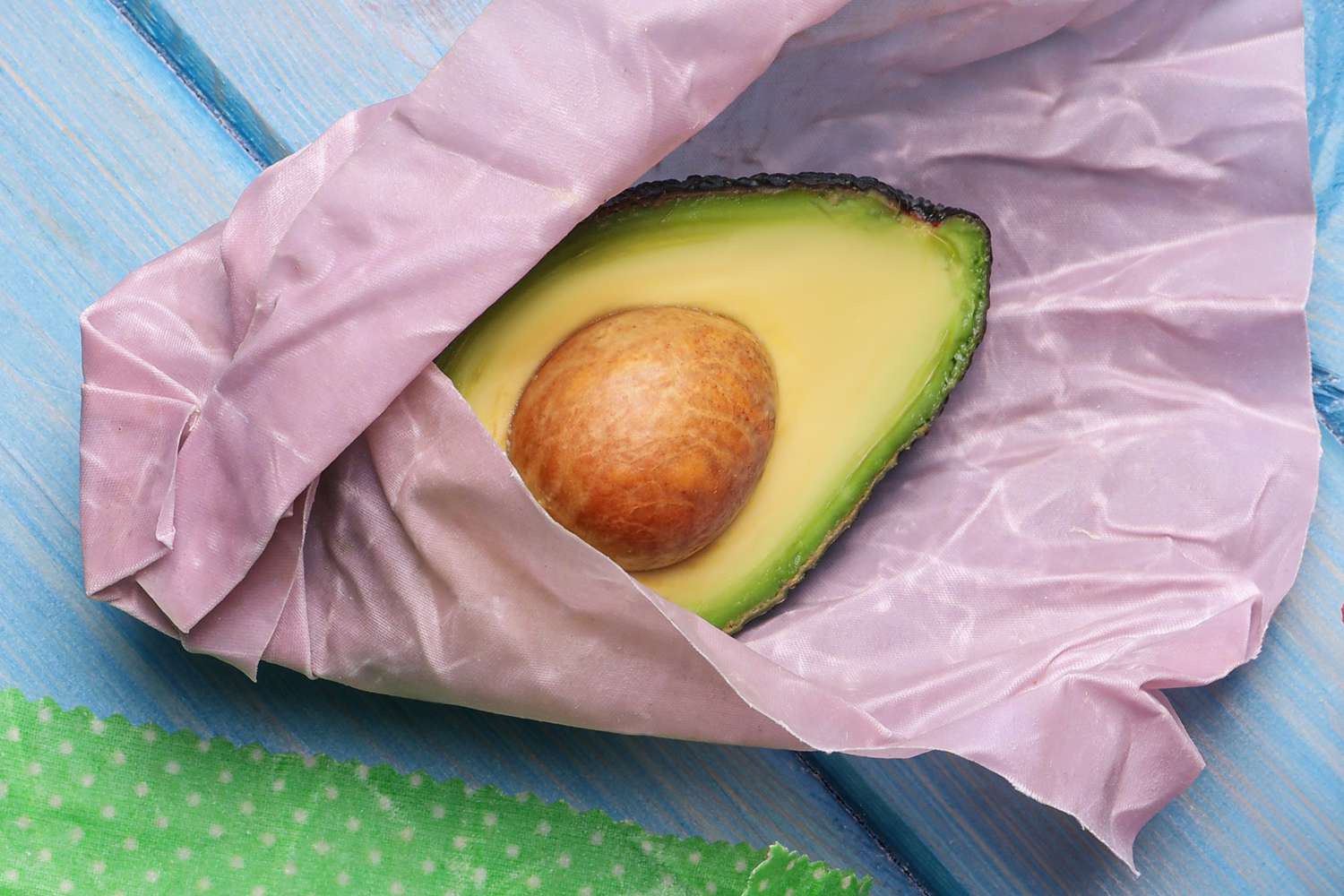
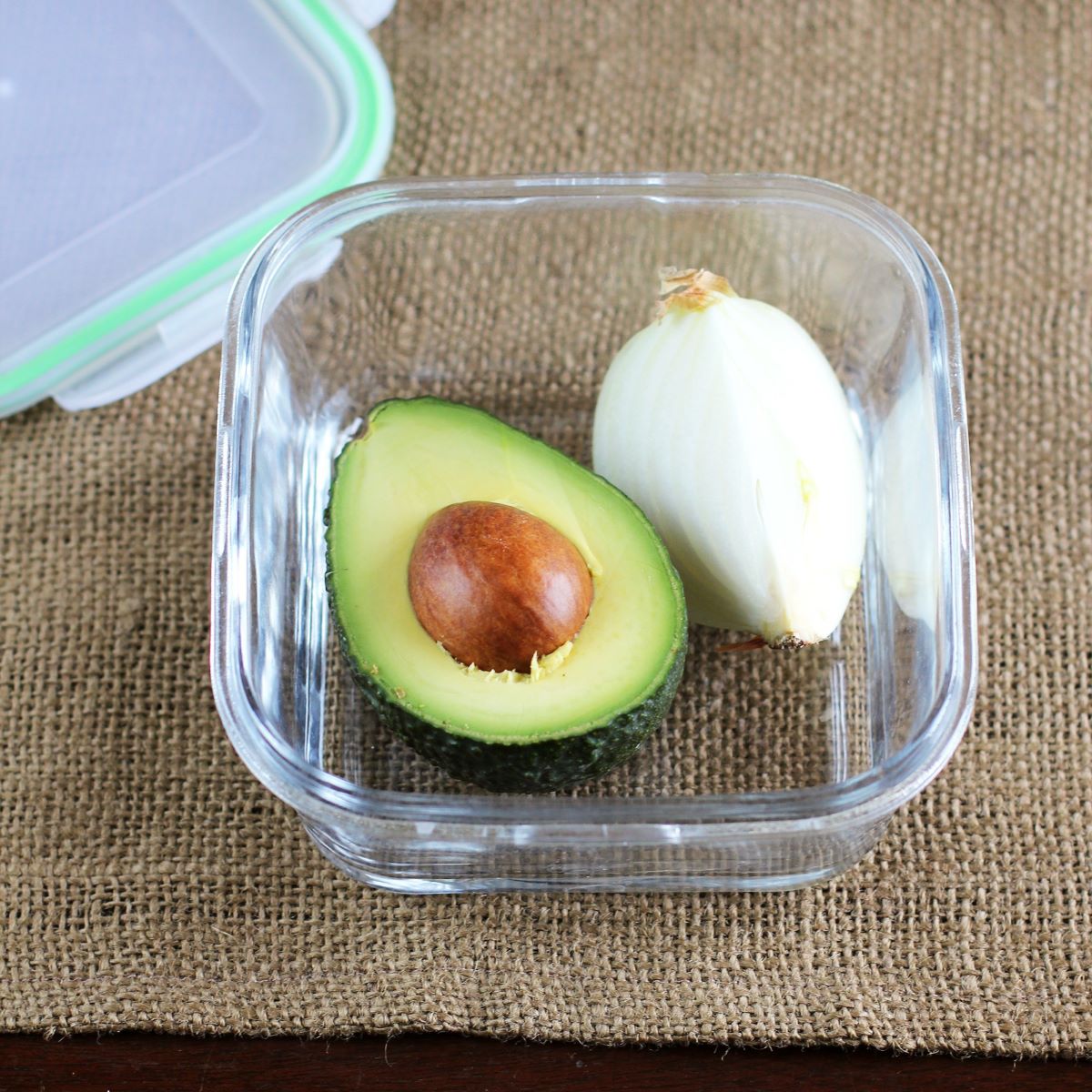
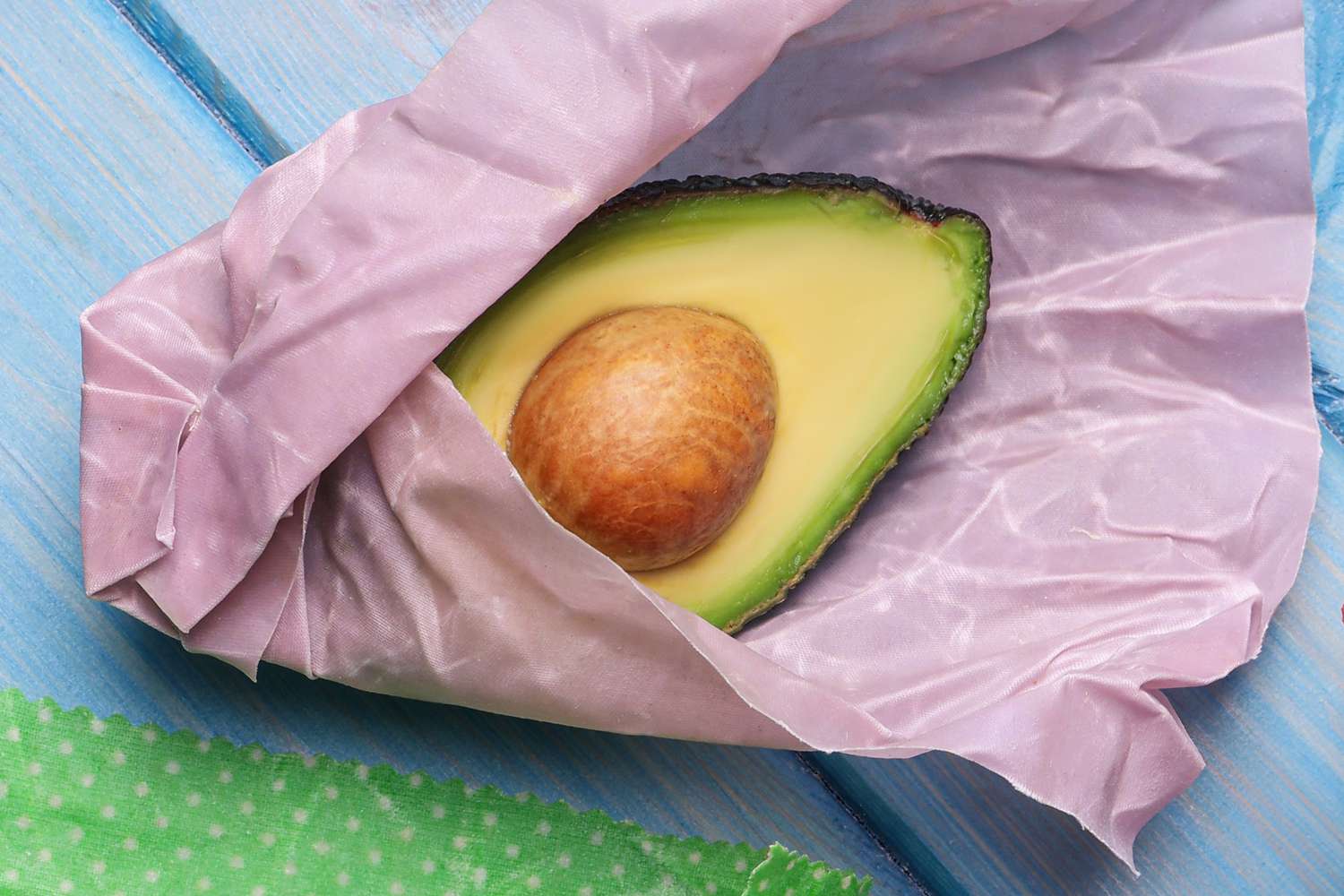
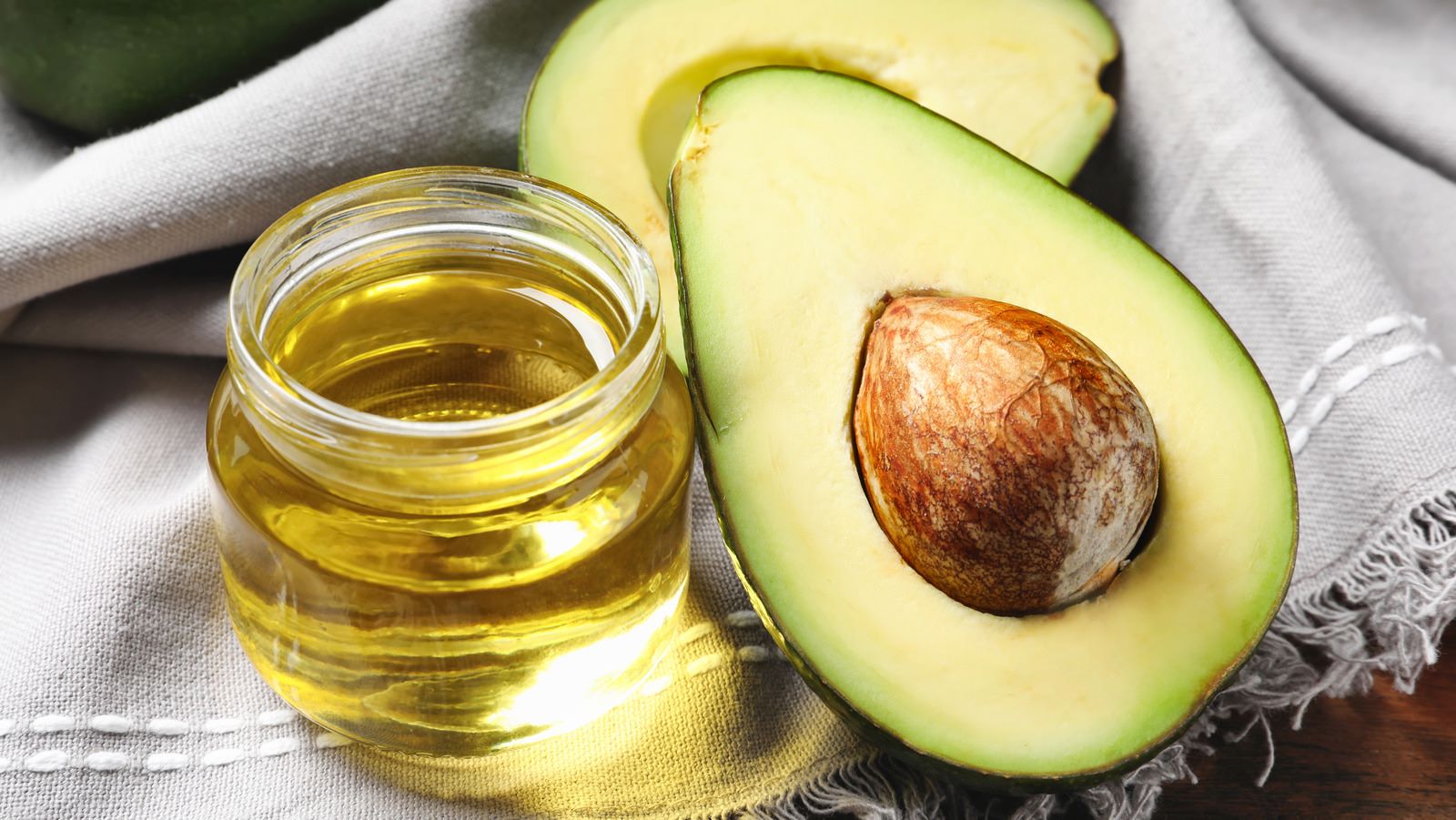
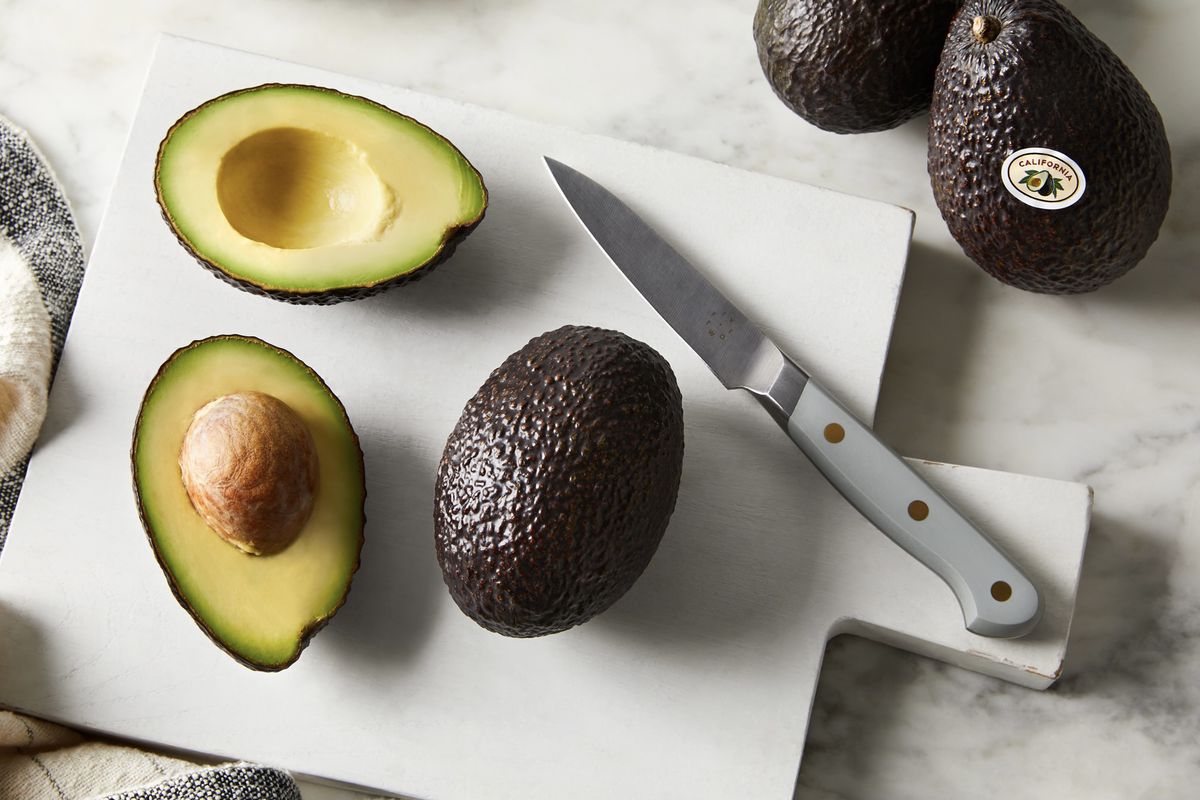
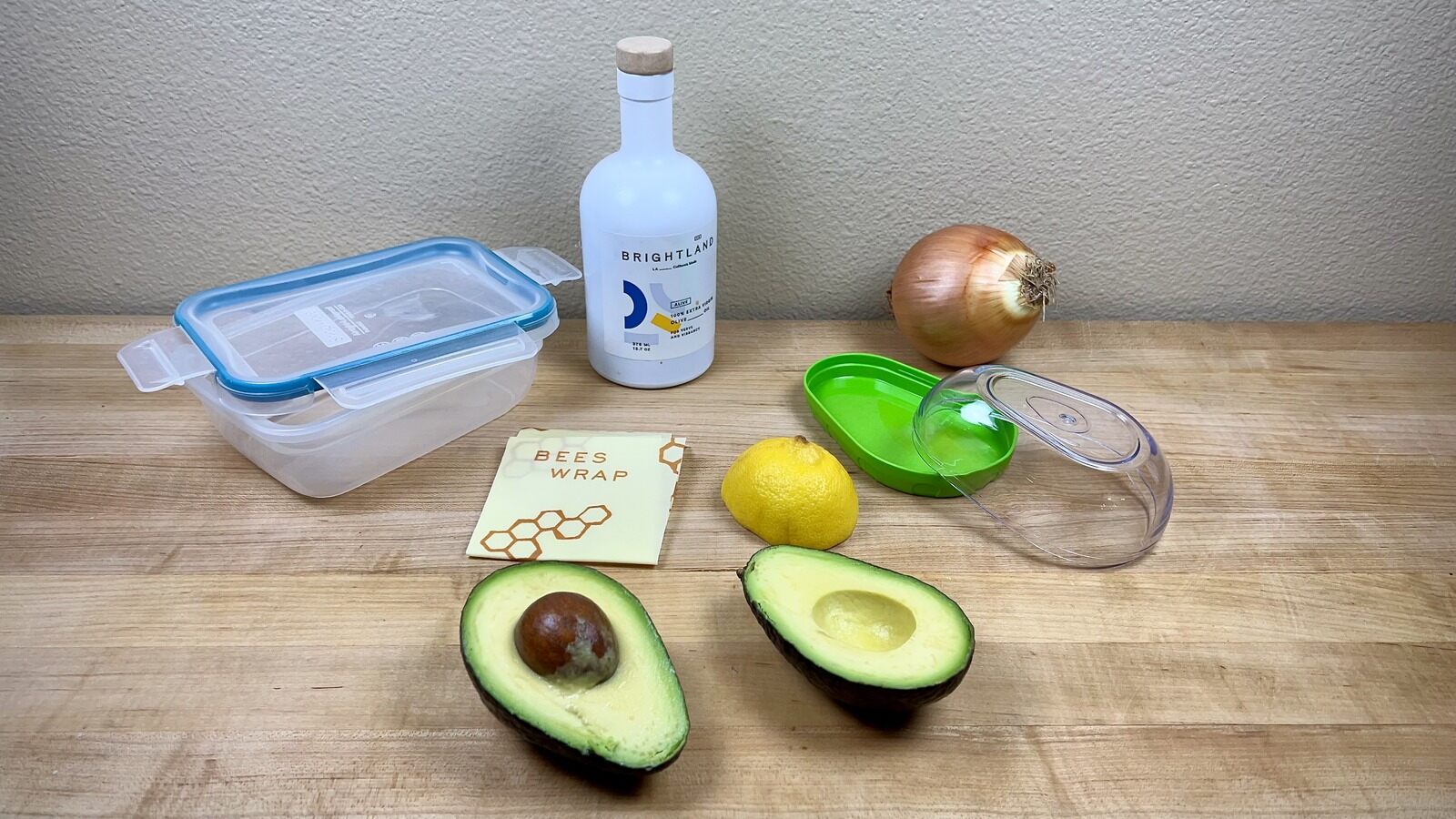
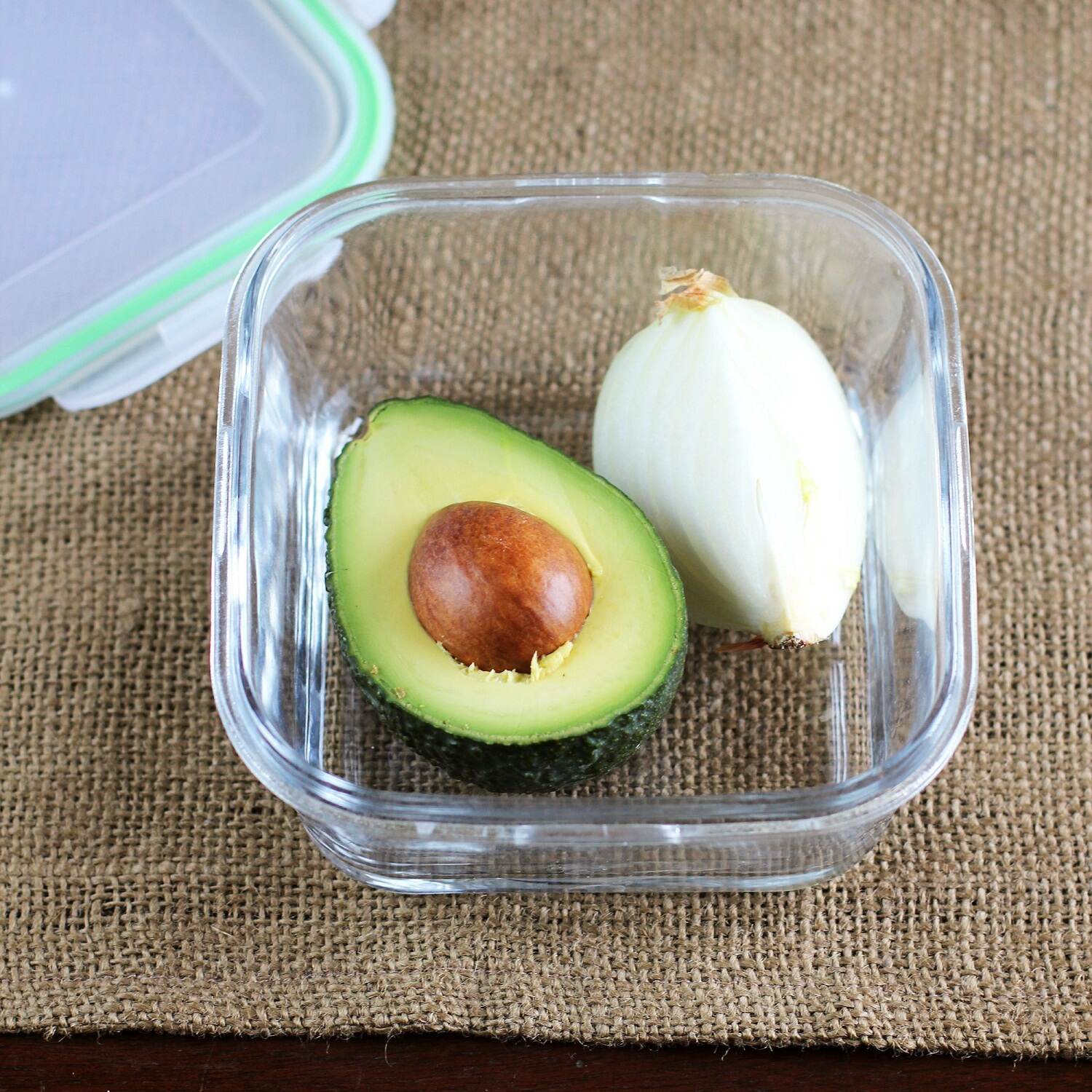

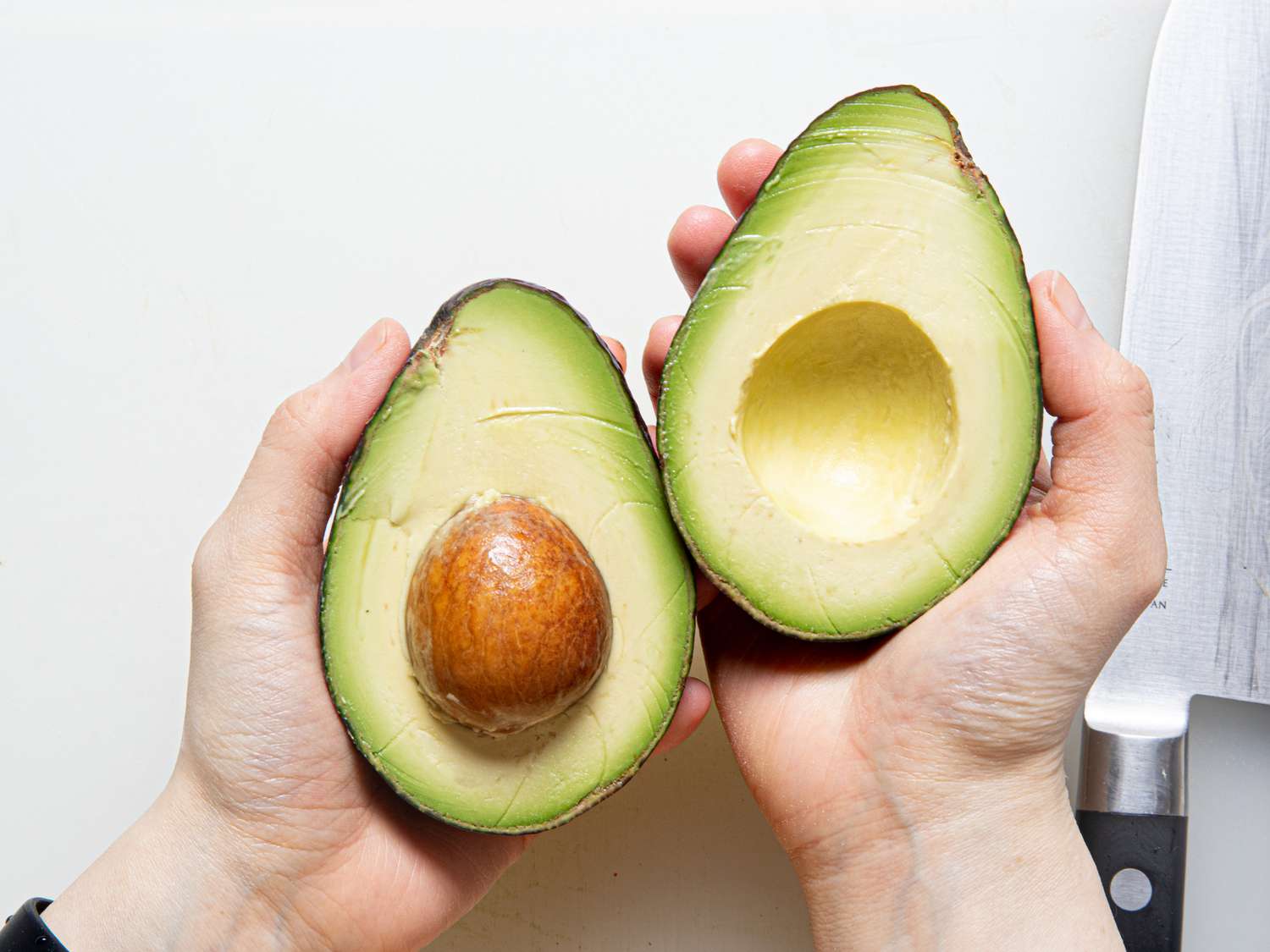
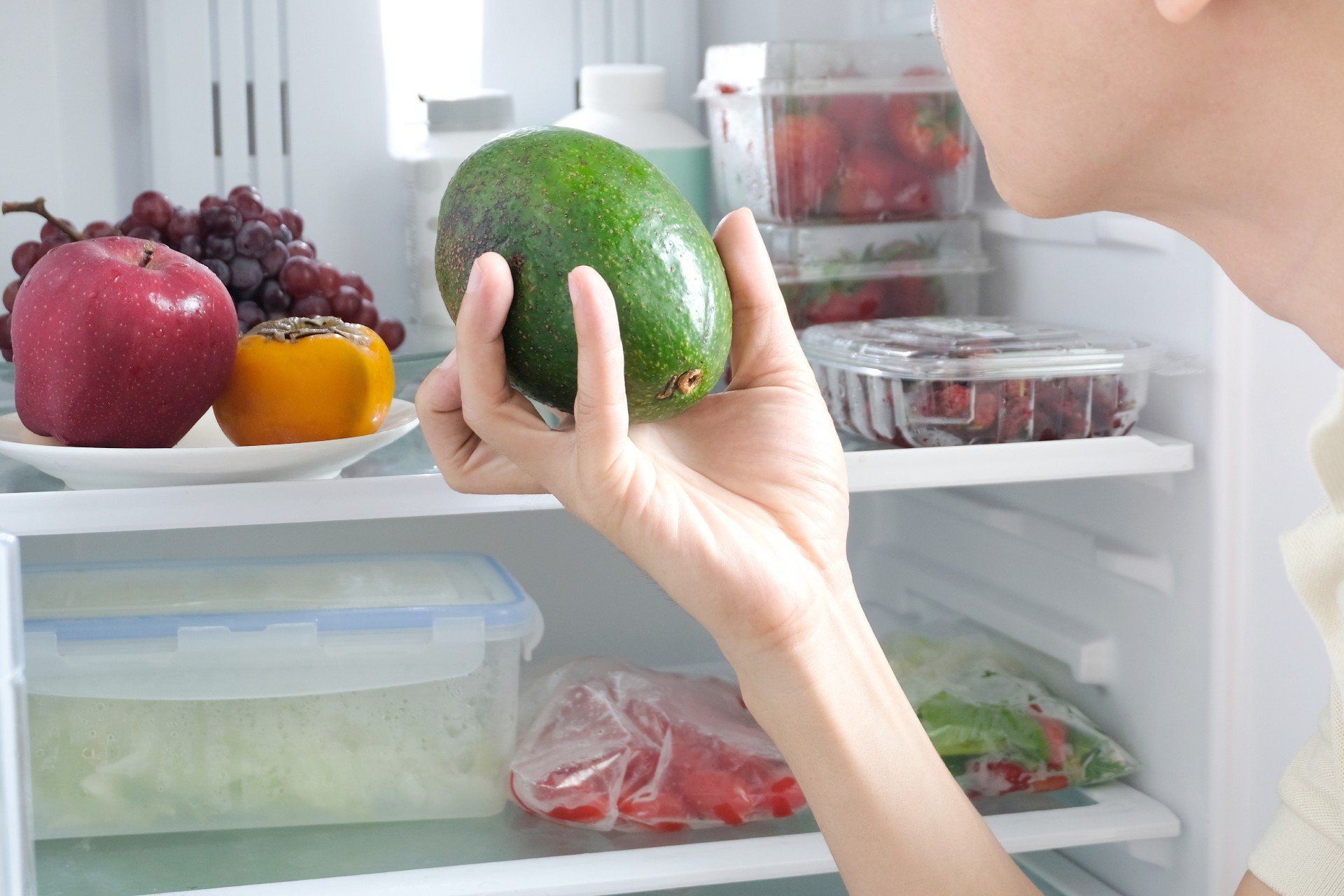

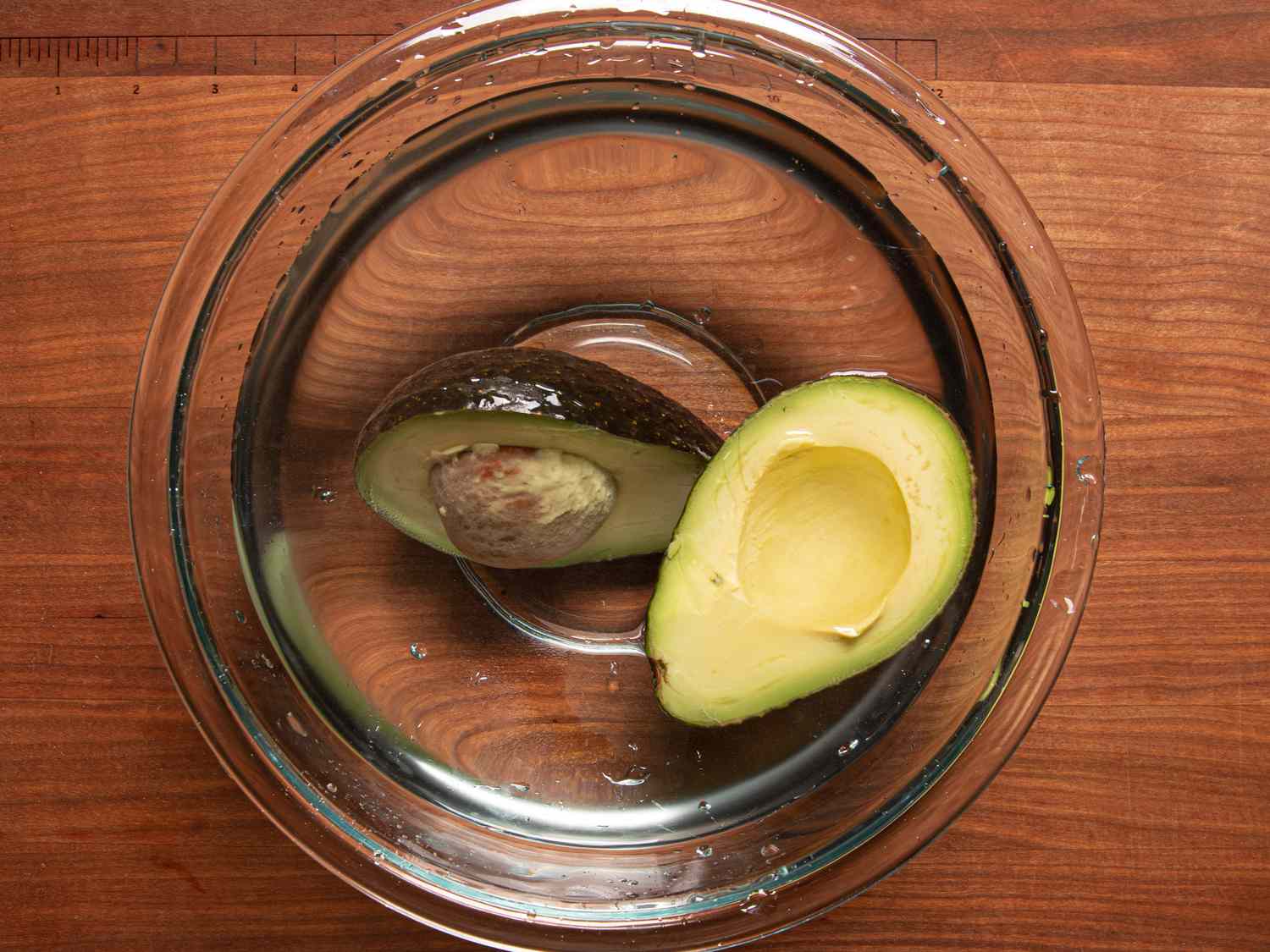
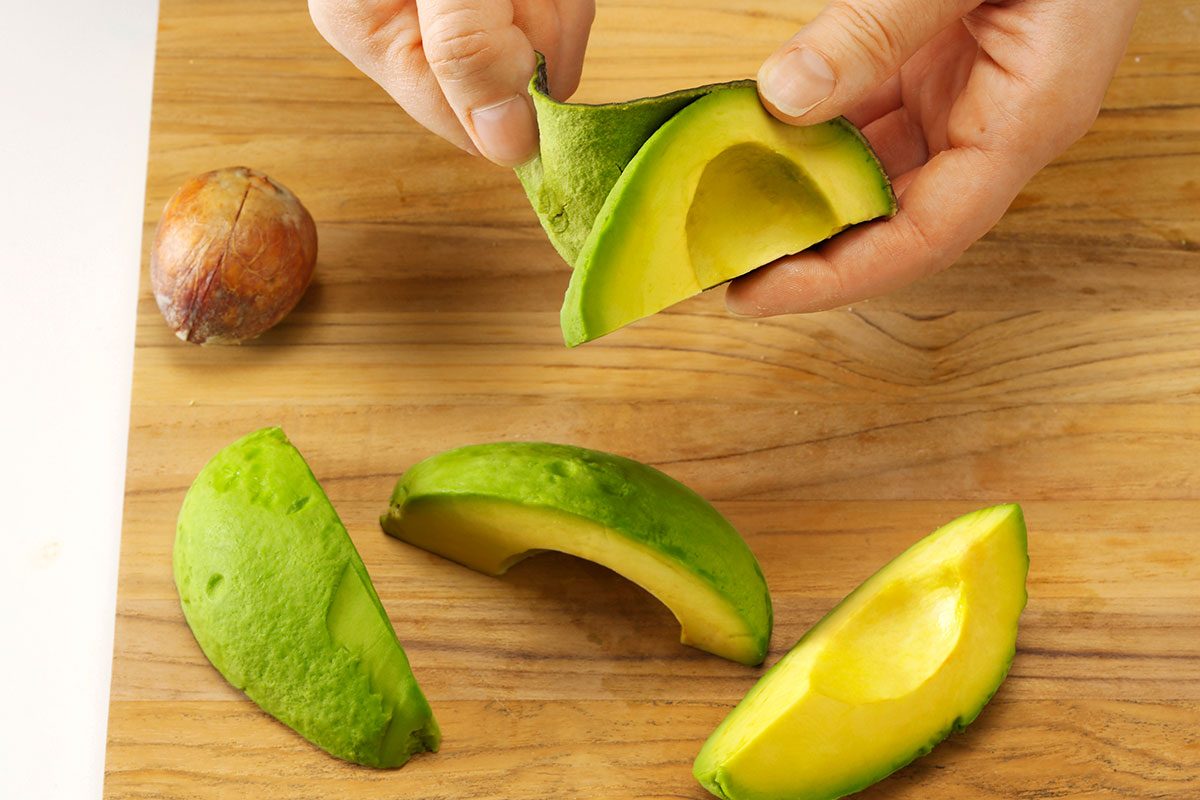
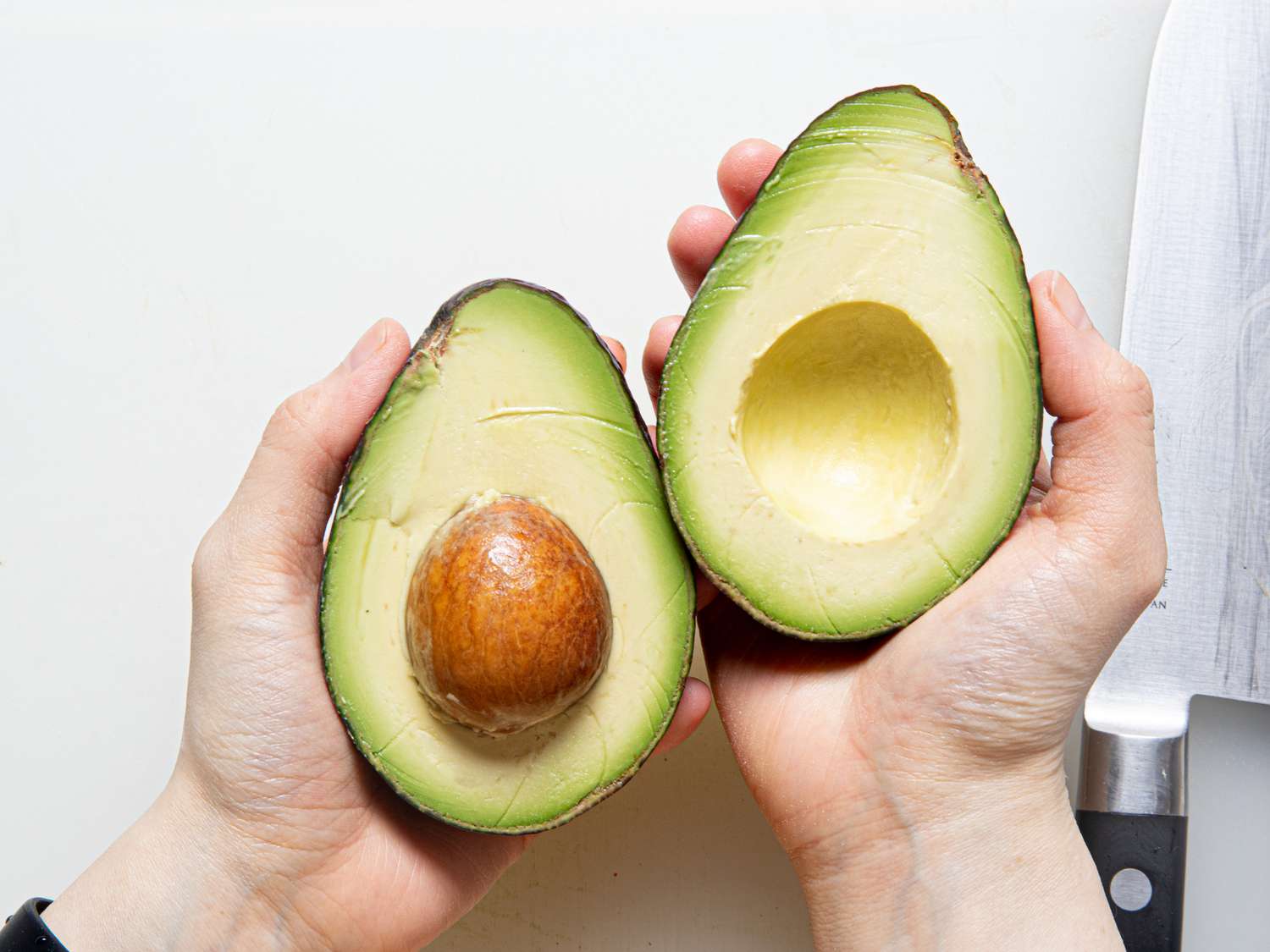

0 thoughts on “How To Store An Avocado”